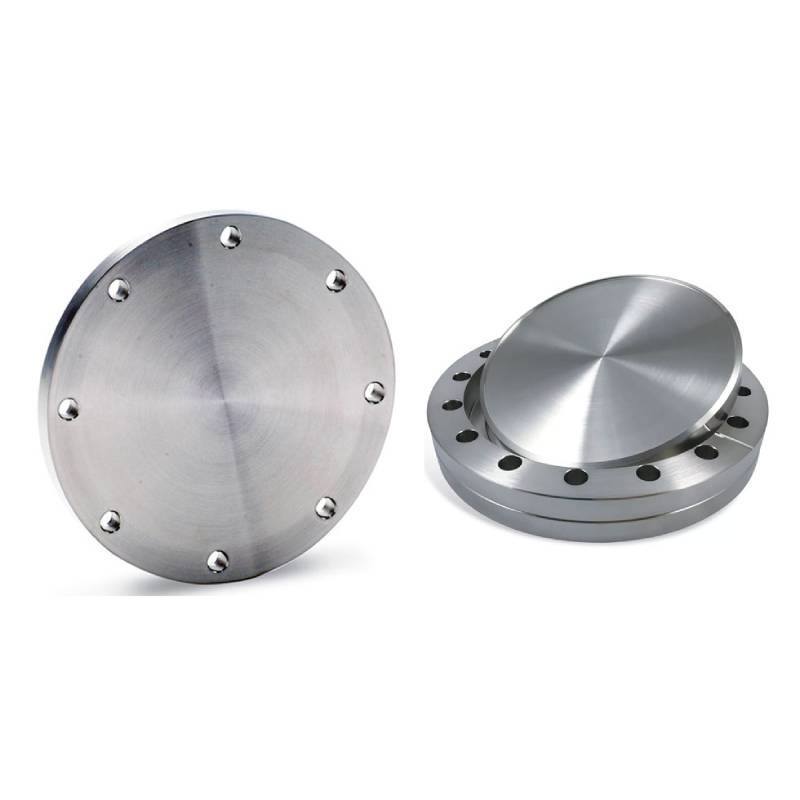-
Cangzhou Yulong Steel Co., Ltd.
-
Phone:
+86 13303177267 -
Email:
admin@ylsteelfittings.com
- English
- Arabic
- Italian
- Spanish
- Portuguese
- German
- kazakh
- Persian
- Greek
- French
- Russian
- Polish
- Thai
- Indonesian
- Vietnamese
- Zulu
- Korean
- Uzbek
- Hindi
- Serbian
- Malay
- Ukrainian
- Gujarati
- Haitian Creole
- hausa
- hawaiian
- Hebrew
- Miao
- Hungarian
- Icelandic
- igbo
- irish
- Japanese
- Javanese
- Kannada
- Khmer
- Rwandese
- Afrikaans
- Albanian
- Amharic
- Armenian
- Azerbaijani
- Basque
- Belarusian
- Bengali
- Bosnian
- Bulgarian
- Catalan
- Cebuano
- China
- China (Taiwan)
- Corsican
- Croatian
- Czech
- Danish
- Esperanto
- Estonian
- Finnish
- Frisian
- Galician
- Georgian
- Kurdish
- Kyrgyz
- Lao
- Latin
- Latvian
- Lithuanian
- Luxembourgish
- Macedonian
- Malgashi
- Malayalam
- Maltese
- Maori
- Marathi
- Mongolian
- Myanmar
- Nepali
- Norwegian
- Norwegian
- Occitan
- Pashto
- Dutch
- Punjabi
- Romanian
- Samoan
- Scottish Gaelic
- Sesotho
- Shona
- Sindhi
- Sinhala
- Slovak
- Slovenian
- Somali
- Sundanese
- Swahili
- Swedish
- Tagalog
- Tajik
- Tamil
- Tatar
- Telugu
- Turkish
- Turkmen
- Urdu
- Uighur
- Welsh
- Bantu
- Yiddish
- Yoruba

Sep . 12, 2024 11:40 Back to list
High-Density Polyethylene (HDPE) Concentric Reducer | Durable & Reliable Solutions
Understanding HDPE Concentric Reducers Essential Components in Piping Systems
In the realm of fluid transport and piping systems, the use of high-density polyethylene (HDPE) materials has gained significant popularity due to their durability, chemical resistance, and lightweight characteristics. HDPE concentric reducers are crucial components in these systems, facilitating the transition between pipes of varying diameters while ensuring proper flow dynamics.
What is an HDPE Concentric Reducer?
An HDPE concentric reducer is a specific type of fitting that allows for a smooth transition between two pipes of different diameters. Unlike eccentric reducers, which shift the centerline of the pipes, concentric reducers maintain the same central axis between the two ends. This design is particularly beneficial for applications where maintaining a consistent flow direction is critical, such as in pressure pipelines and gravity-fed systems.
Advantages of HDPE
HDPE, the material used to manufacture these reducers, boasts several advantages. First and foremost, it exhibits excellent chemical resistance, making it an ideal choice for transporting a wide range of fluids, including corrosive substances. Additionally, HDPE is lightweight, which simplifies installation processes and reduces transportation costs. Its flexibility also allows for better adaptability in various environmental conditions, minimizing the risk of damage due to expanding or contracting materials.
Applications of HDPE Concentric Reducers
hdpe concentric reducer

HDPE concentric reducers find extensive applications across various industries. In municipal water systems, these fittings are essential for connecting pipes of different sizes, ensuring a steady flow of water while minimizing pressure loss. They are also extensively used in agricultural applications, particularly in irrigation systems, to optimize water distribution.
Furthermore, the oil and gas industry benefits from the use of HDPE concentric reducers. With their robust nature and resistance to harsh chemicals, they are employed in transporting crude oil, natural gas, and other petrochemicals. Additionally, the construction sector frequently leverages these reducers in drainage and sewage systems, where effective flow management is crucial.
Installation Considerations
When installing HDPE concentric reducers, certain factors should be taken into account to ensure optimal performance. Proper alignment during installation is critical; any misalignment can lead to increased friction losses and potential damage to the pipes. Furthermore, the use of appropriate welding techniques, such as butt fusion or electrofusion, is essential to create strong, leak-free joints.
Conclusion
In conclusion, HDPE concentric reducers are essential components in modern piping systems, offering numerous advantages and applications across various industries. Their ability to ensure a smooth transition between different pipe diameters while maintaining flow efficiency makes them indispensable in fluid transport. With the growing emphasis on sustainable and efficient resource management, the use of HDPE materials and fittings is likely to increase, underscoring the importance of understanding these critical components in piping designs. Whether in municipal infrastructure, agricultural systems, or industrial applications, HDPE concentric reducers play a vital role in the effective management of fluid dynamics.
Latest news
-
ANSI 150P SS304 SO FLANGE
NewsFeb.14,2025
-
ASTM A333GR6 STEEL PIPE
NewsJan.20,2025
-
ANSI B16.5 WELDING NECK FLANGE
NewsJan.15,2026
-
ANSI B16.5 SLIP-ON FLANGE
NewsApr.19,2024
-
SABS 1123 FLANGE
NewsJan.15,2025
-
DIN86044 PLATE FLANGE
NewsApr.19,2024
-
DIN2527 BLIND FLANGE
NewsApr.12,2024
-
JIS B2311 Butt-Welding Fittings LR/SR 45°/90° /180°Seamless/Weld
NewsApr.23,2024











